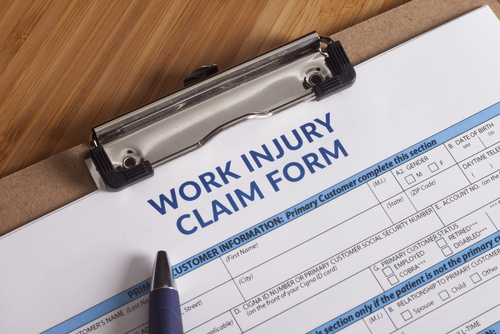A recently released report by insurer Liberty Mutual ranked the top 10 causes of serious, non-fatal workplace injuries and their direct costs to U.S. businesses, based on 2013 injury data. According to the report, the most disabling, non-fatal workplace injuries amounted to nearly $62 billion in direct U.S. Workers’ Compensation costs – that’s more than a billion dollars a week!
What are the top workplace injuries?
- Overexertion involving outside source topped the list at 24.4% of direct Workers’ Comp spend, or $15.08 billion. This category relates to injuries involving lifting, pushing, pulling, holding, carrying or throwing objects.
- Falls on same level ranked second at 16.4% of direct spend, or $10.17 billion, followed by falls to lower level at 8.7% or $5.40 billion of the total injury burden.
- Struck by object or equipment and other exertions or bodily reactions ranked 4th and 5th Along with the top three injury types, these top five accounted for 64.8% of workplace injuries and resulting costs.
- Other injury types that made the top ten list include: roadway incidents involving motorized land vehicles, slip or trip without fall, caught in/compressed by equipment or objects, struck against object or equipment and repetitive motions involving micro-tasks.
In identifying the source of top work-related injuries, employers, risk managers and safety practitioners can implement measures and allocate resources to make workplaces safer and reduce their cost of Workers’ Comp insurance. For example, let’s take a look at the number-one contributor to workplace injuries: overexertion. Overexertion injuries are cumulative in nature and typically result in strains or sprains to the muscles, tendons, or ligaments. Work conditions often contribute to the injury and are not necessarily 100% responsible for it, making it difficult for everyone – from business owners, supervisors, claims representatives and insurance carriers as well as the employee themselves – to determine the injury’s root cause. In order to prevent overexertion injuries from having a negative effect on the workforce and minimize injuries, employers can implement a few key measures including:
- Focusing on pre-hire qualifications. Hire a third party to perform physical and functional capacity evaluations and assess the physical abilities and requirements of each job. Once these are solidified, qualify potential employees to make sure they can meet the demands of the job.
- Providing the tools to make the job as easy as possible, including designing the workplace so employees of all sizes can work with good posture to avoid excess stress to their musculoskeletal system. Try to provide as much flexibility as possible in a fixed workstation so employees can work in a neutral and comfortable posture.
- Maintaining a healthy workforce. A fit and healthy employee is less likely to have an overexertion injury and will recover faster should they sustain an injury than an employee that is unfit and unhealthy. An unhealthy workforce will drive up the costs of employee care.
Taking proactive steps to lower the incident of injuries in the workplace is critical for businesses to contain costs including their Workers’ Compensation insurance premiums. Caitlin Morgan specializes in providing Comp coverage including finding creative solutions that go beyond traditional placement, such as large deductible programs, self insurance and captive insurance programs. We can also provide assistance to insureds on safety, return-to-work programs and other risk management strategies to mitigate risk and control losses. Give us a call at 877.226.1027 to find out how we can help you in providing the right Workers’ Compensation solution for your clients.


